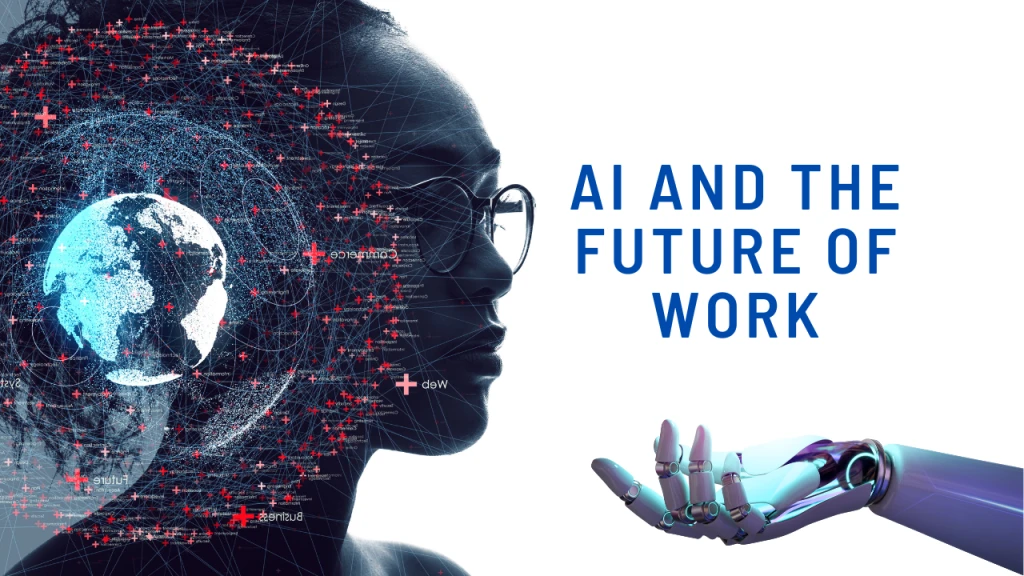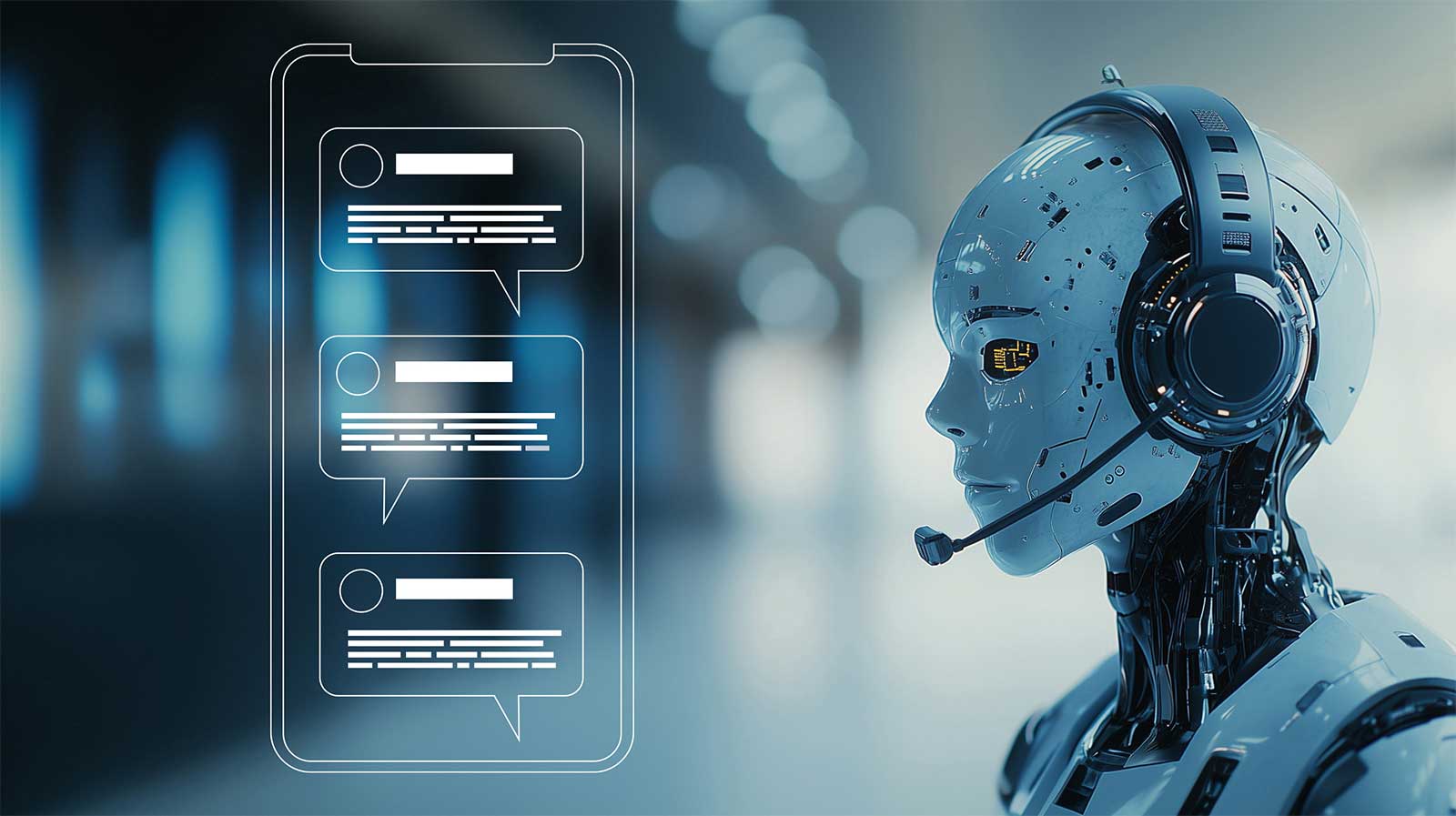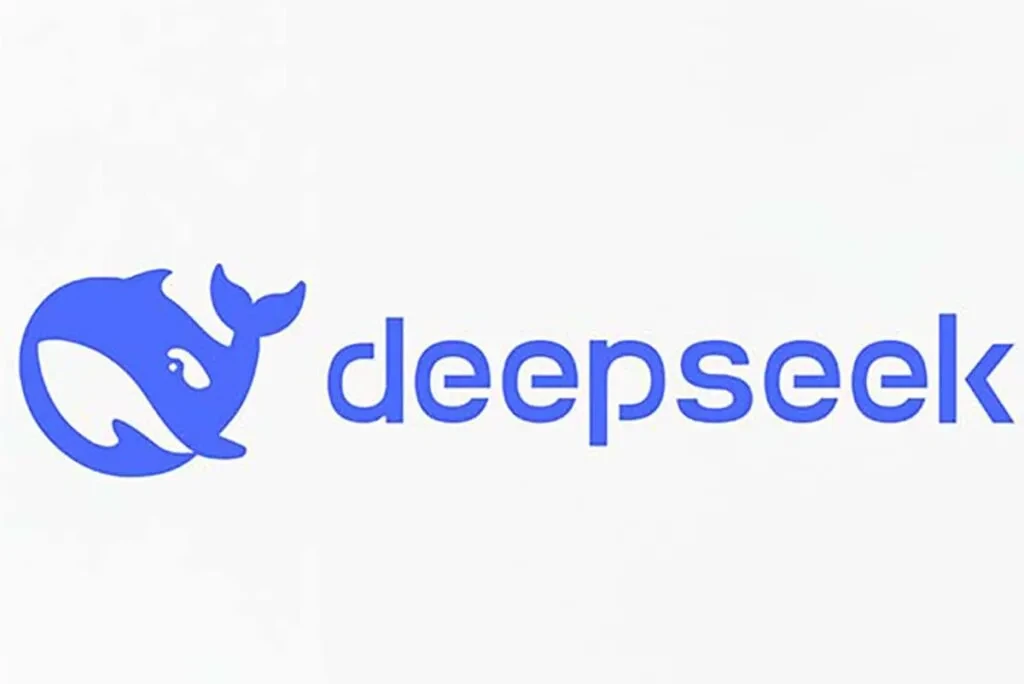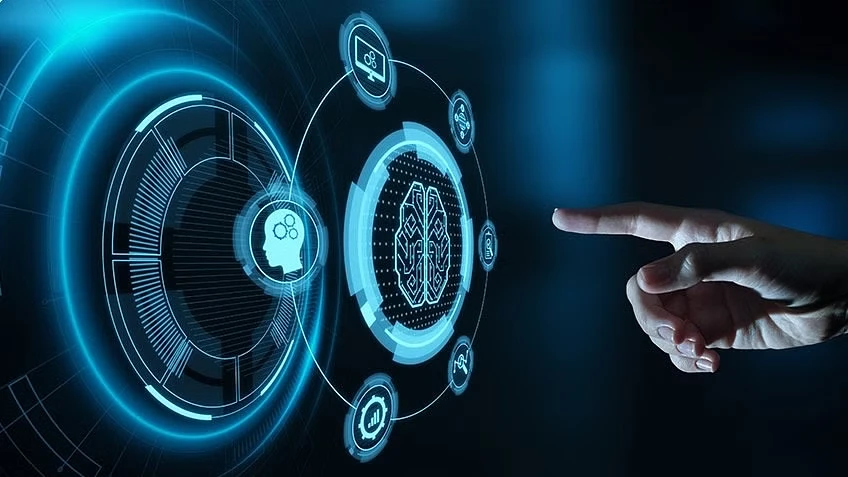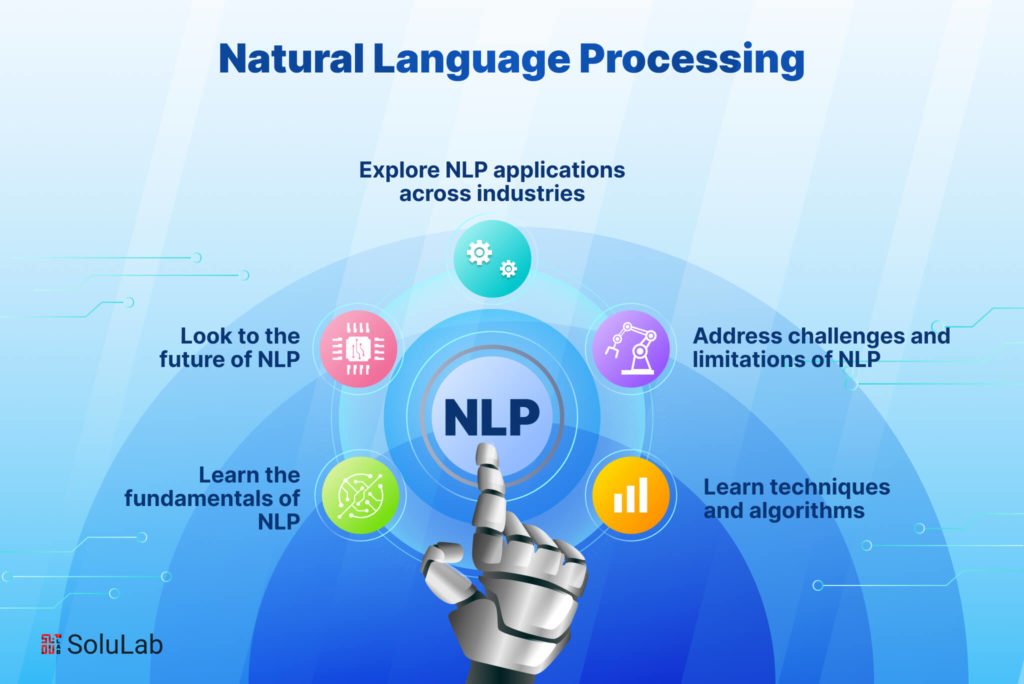Test AI on YOUR Website in 60 Seconds
See how our AI instantly analyzes your website and creates a personalized chatbot - without registration. Just enter your URL and watch it work!
1- Introduction: How AI is Reshaping the Workforce
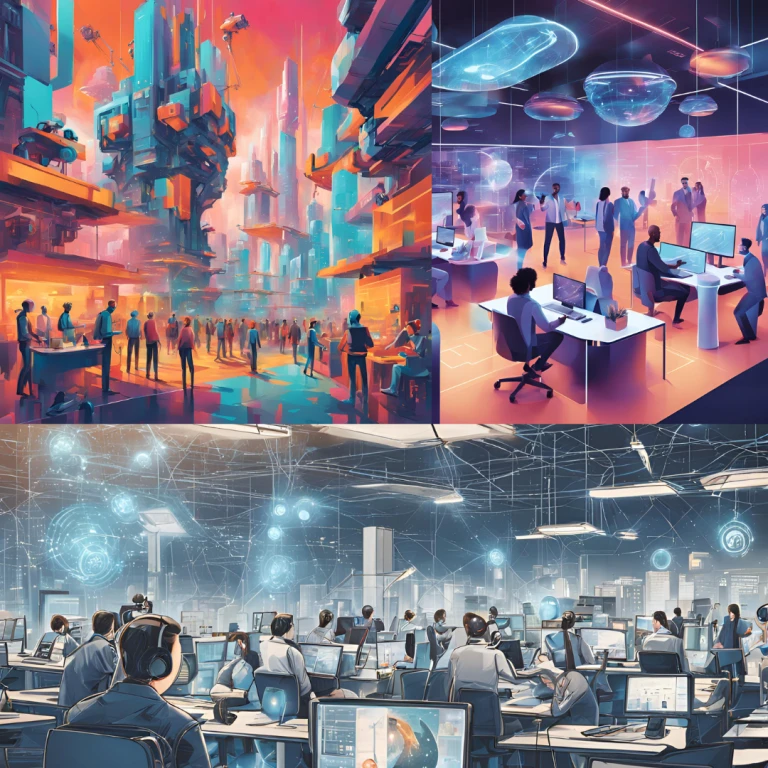
2- AI and Job Automation: What Jobs Are at Risk?
2.1- Industries Affected by AI Automation
Manufacturing: Robots and AI-driven machines handle production lines more efficiently.
Customer Service: AI chatbots like ChatGPT replace human agents in handling inquiries.
Transportation: Self-driving trucks and delivery drones are reducing the need for human drivers.
2.2- White-Collar Jobs at Risk
AI tools can now automate tasks in finance, legal services, and even medical diagnostics.
Jobs that involve data analysis, scheduling, and document processing are highly automatable.
2.3- Can All Jobs Be Replaced?
Jobs requiring creativity, emotional intelligence, and critical thinking remain hard to automate.
AI is more likely to augment human jobs rather than fully replace them.
3- AI Creating New Job Opportunities
3.1- Emerging AI-Driven Careers
AI Ethics Consultants: Ensuring AI is fair and unbiased.
Machine Learning Engineers: Designing and improving AI models.
Data Analysts & AI Trainers: Teaching AI systems how to understand data.
3.2- AI-Assisted Roles
Professionals in medicine, law, and finance are using AI to enhance their work.
Instead of replacing doctors, AI helps them analyze medical images and diagnose diseases faster.
3.3- The Need for Reskilling & Upskilling
Workers must adapt by learning AI-related skills to stay relevant.
Governments and companies should invest in retraining programs for employees.
4- The Gig Economy and Remote Work in the AI Era
4.1- Growth of AI-Powered Freelancing
Platforms like Upwork and Fiverr use AI to match freelancers with clients.
AI automation allows freelancers to focus on creative and strategic tasks.
4.2- AI-Powered Remote Work Tools
AI-driven productivity apps help teams collaborate across different time zones.
Virtual AI assistants handle administrative tasks, allowing workers to focus on innovation.
4.3- The Challenge of Job Security in the Gig Economy
Many gig workers lack job stability and benefits like healthcare and pensions.
Governments need to redefine labor laws to protect freelance workers in an AI-driven world.
5- Ethical and Social Implications of AI in Employment
5.1- Economic Inequality and AI
AI benefits big tech companies, but will workers share in the profits?
If AI replaces low-skilled jobs, how will affected workers find new opportunities?
5.2- The Role of Governments & Regulations
Policies must ensure that AI-driven automation does not lead to mass unemployment.
Governments should invest in education and workforce adaptation programs.
5.3- The Debate: Should AI Be Taxed?
Some experts propose a robot tax, where companies using AI pay extra taxes.
The funds could support social programs and worker retraining initiatives.
6- The Future of Work: AI & Human Collaboration
6.1- AI as a Partner, Not a Replacement
AI is best suited for handling repetitive and data-heavy tasks.
Humans excel at problem-solving, creativity, and interpersonal skills.
6.2- Hybrid Work Environments
The future workplace will combine AI automation with human expertise.
Employees will need to adapt to working alongside AI systems.
6.3- How to Prepare for an AI-Driven Job Market
Lifelong learning is key—workers should continuously upgrade their skills.
Developing soft skills like communication and adaptability will be crucial.
7- Conclusion: Adapting to the AI Revolution
The big question remains: Will AI create more jobs than it eliminates, or will it lead to widespread unemployment? The answer depends on how we prepare for the future of work.
